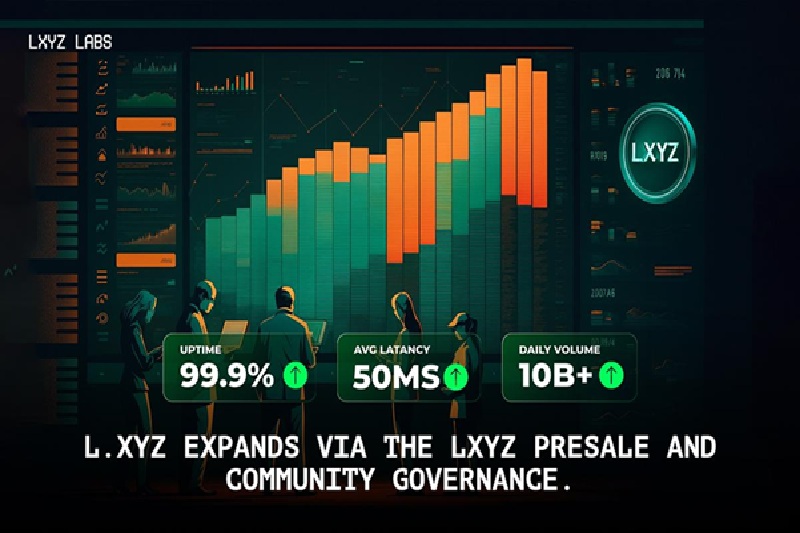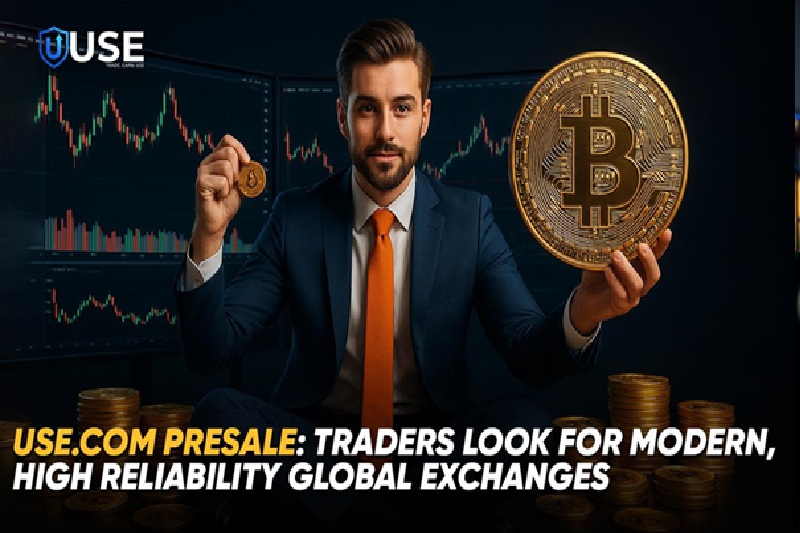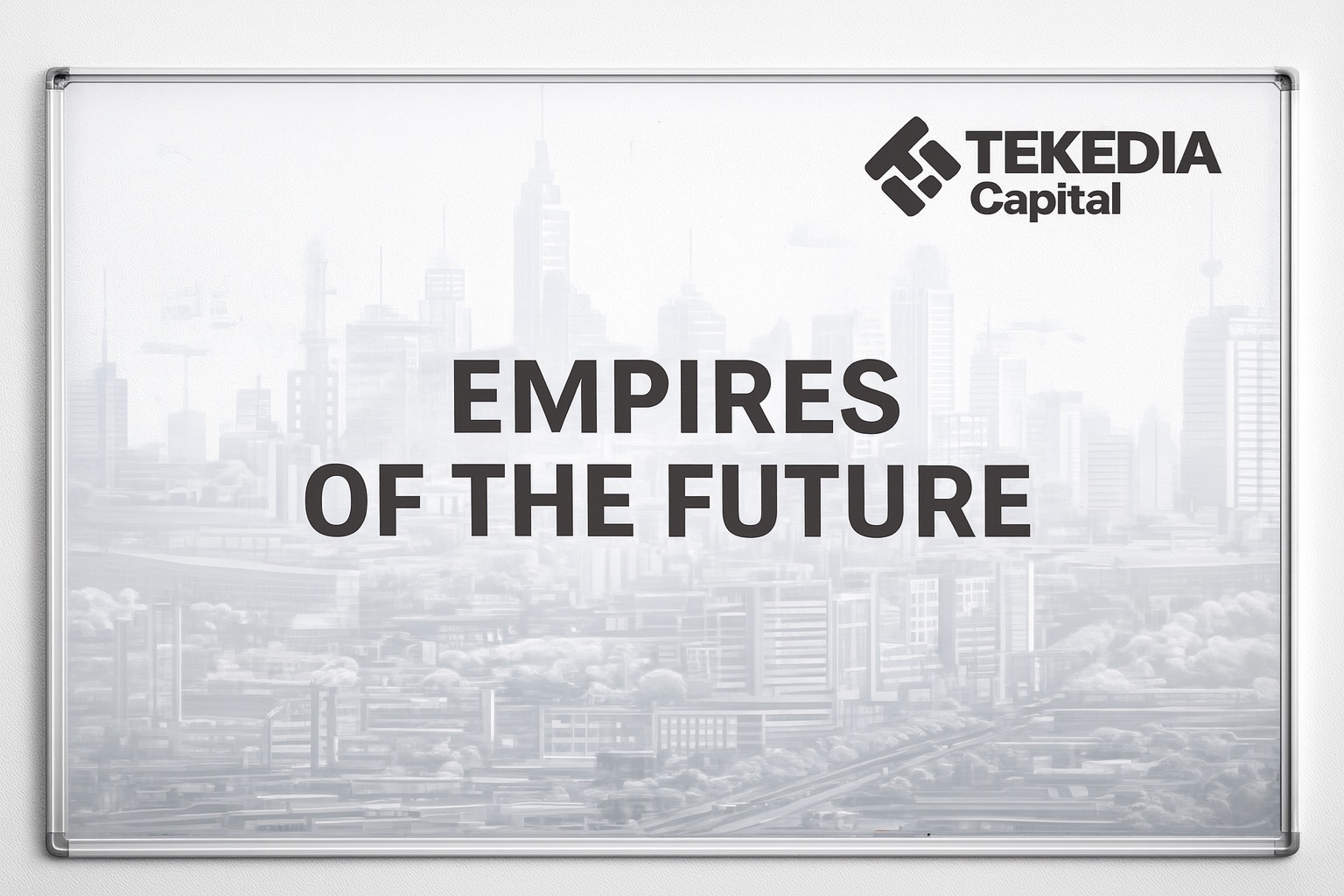L.xyz is expanding its ecosystem vision through a community driven governance model that positions users at the center of decision making. As the LXYZ token presale continues to gain traction, the platform is laying the foundation for a decentralized exchange where traders maintain full control of their assets while shaping the platform’s future evolution.
The exchange is designed around a hybrid AMM and order book system that supports flexible execution, deep liquidity, and advanced trading strategies. This model ensures that L.xyz can offer structured order placement alongside automated liquidity, giving traders a robust set of tools in a fully non custodial environment.
Governance as a Core Principle of the L.xyz Ecosystem
L.xyz is structured as a DAO where token holders gain governance rights. Users can participate in decision making related to asset listings, fee models, platform features, and future development initiatives.
The goal is to ensure that the platform grows in alignment with the priorities and insights of its users. This community driven direction also supports long term sustainability, as participants who shape the platform are more likely to remain active contributors.
LXYZ Token Presale Opens Gateway to Utility and Influence
The LXYZ token plays a central role in governance, staking rewards, liquidity mining incentives, and future ecosystem utilities. The presale allocates 40 percent of the total supply equal to 200 million tokens, distributed across ten structured phases.
Each phase includes a fixed token supply with a predictable price progression. Participants receive their tokens with lock up and vesting requirements that support long term market stability and alignment with the platform’s growth.
Advanced Trading Features Supporting User Flexibility
L.xyz integrates a wide range of features that appeal to active traders, liquidity providers, and long term ecosystem participants. These include:
- Spot trading markets
- High leverage markets offering up to 100x exposure
- Futures markets with advanced order types
- Limit and stop orders for precision control
- Real time charting tools for technical analysis
- Risk management tools for high leverage environments
- Staking and liquidity mining opportunities
These tools enable users to navigate both fast moving markets and long term strategies while remaining within a decentralized framework.
Future Expansion Across Chains and Product Classes
L.xyz plans to expand into multi chain liquidity pools, cross chain swaps, mobile trading, and AI enhanced strategy tools. This direction will create a versatile ecosystem that can serve users across several blockchain environments.
The presale allows participants to gain early access to this growing ecosystem and take part in the governance processes that shape its long term evolution.
Telegram: T.me/ldotxyz






